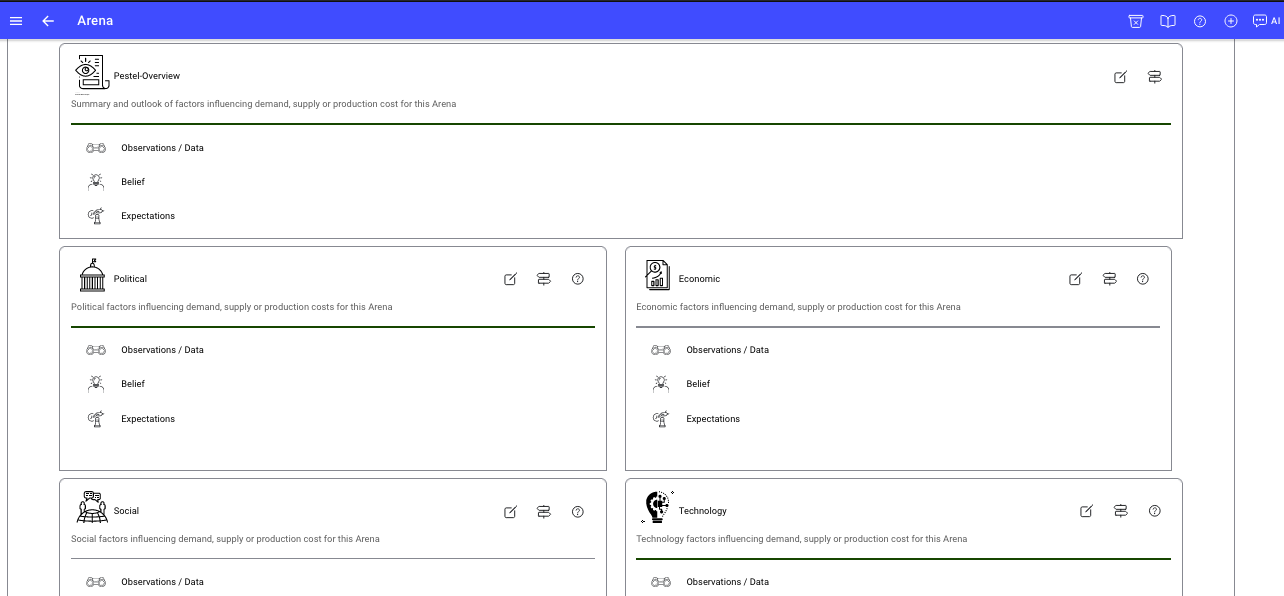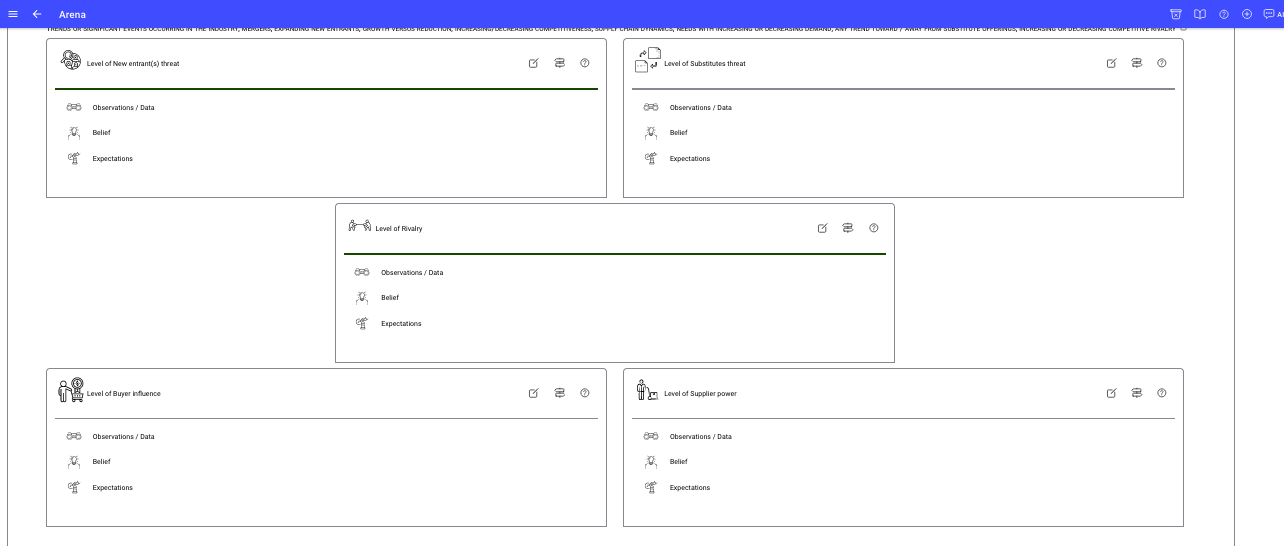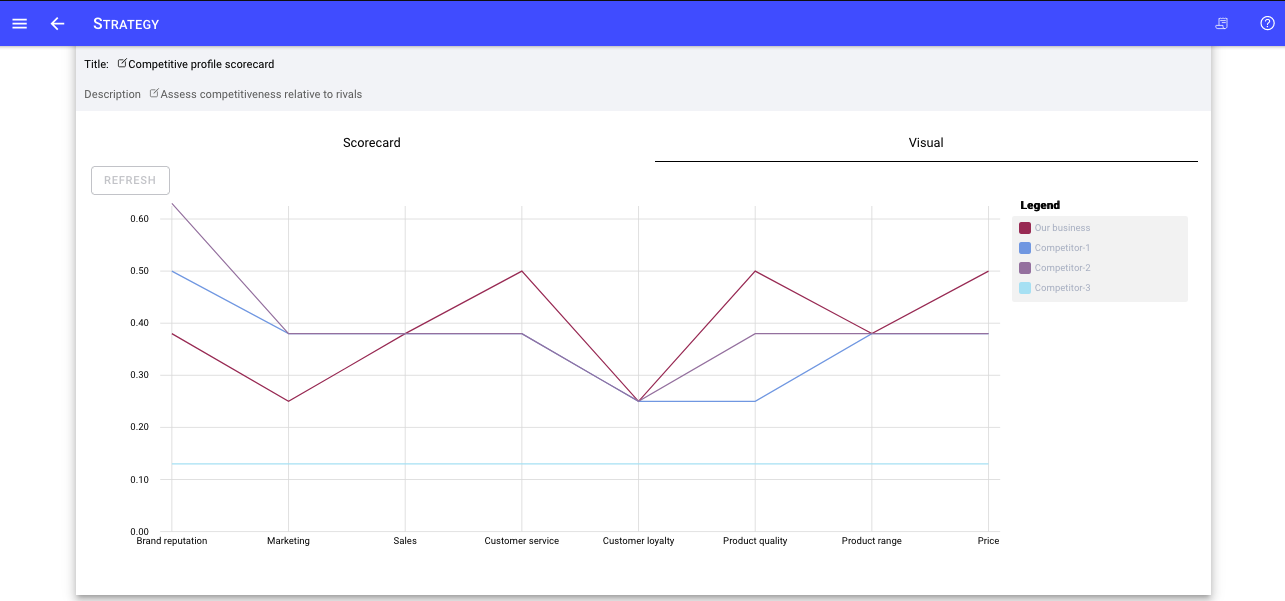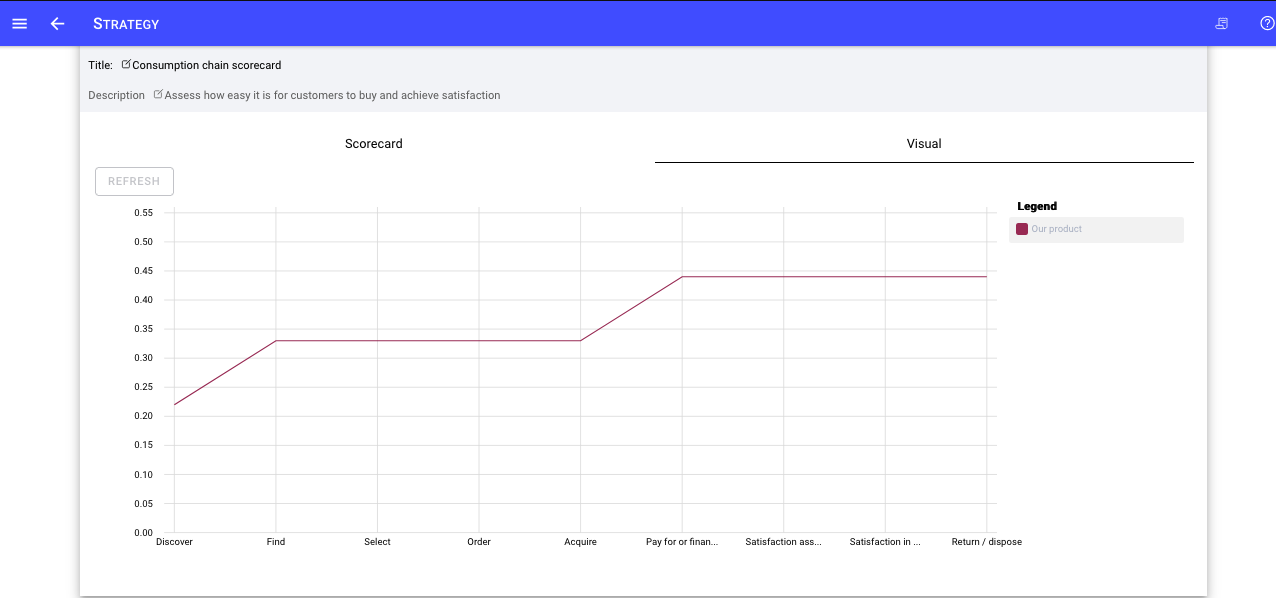Why define an integrated value chain to deliver your business value?
|
|
In the absence of a clear description of your value chain to deliver customer value, organizations and teams can be less effective in value delivery. This lesser effectiveness is often due functional departments becoming overly focussed on functional / department issues and optimisations at the expense of or without substantial value in generating a transaction of value to a customer. |
|
|
Your value chain specification ensures all teams / departments understand their purpose, objectives, and activities necessary to deliver customer value consistent with your unique value blend for the offerings your business provides into the environment that your business plays in. |
Your value chain is your tool to configure or allow each of your functional specialist teams to focus and co-ordinate on winning with customers whilst optimising time, cost, and quality.
| Input | Processing | Output |
A value chain is a straightforward generic concept built upon the recognition that to deliver your value proposition you will need to
take inputs (these could be tangible inputs (raw materials) or intangibles such as customer requirements, specifications, industry standards and so on)
perform some processing on them to turn them into your offering (product / service). Processing could be manufacturing, software engineering, infrastructure build, consulting, service delivery etc.
The output of the processing is an item of value, that can be marketed or sold to a customer with potential for after sales support .
Your value chain, is the sequence of steps to take inputs and turn them into finished outputs into customers awareness and possession. Developed by Michael Porter, the value chain is a way to depict and evaluate the activities your team performs.

The horizontal elements in Figure above capture the input, processing, output process used to acquire inputs, transform them into valuable outputs, and put them in the hands of customers.
Inbound logisticsProcesses related to receiving, storing, and distributing inputs internally. Supplier relationships are an value creation element here. |
|
Outbound logistics (Distribution)Activities to deliver your product or service to your customer. These are things like collection, storage, and distribution systems, and they may be internal or external to your organization. Channels are used to distribute the product. |
|
After sales - service supportActivities related to maintaining the value of your product or service to your customers, once it's been purchased. Channels maybe used to support the solution. |

|

|

|

|

|
|
|
OperationsActivities that convert inputs into outputs sold to customers. Here, your operational systems create value |
|
Marketing and salesProcesses you used to promote awareness and engage clients with the value proposition and then to enable purchase from your business. Channels are used to promote and potentially sell the solution. |
|
|
StrategyCAD AI can generate a starting purpose, objectives and success criteria for each primary activity based upon the type of value chain e.g. Services, digital, product differentiation, cost leadership. |
||||
The vertical axis represents four common management elements that span all of a businesses economic activities.
Procurement |
|
What the organization does to get the resources it needs to operate. This includes finding suppliers, vendors to provide those resources and negotiating the best terms (time, cost, quality). |
Technology development |
|
These activities relate to managing and processing information, for the primary production and secondary / vertical activities, process automation, as well as staying current with technological advances, and maintaining technical excellence to sustain competitive advantage e.g. cost reduction, product differentiation and/or customer intimacy. |
Human resource management |
|
Activities to assure effective recruitment, hiring, training, empowerment, rewards, and retention of its people. People are a significant source of value, so businesses can create advantages with excellent HR practices. |
Infrastructure |
|
Necessary management and support systems, including accounting, legal, administrative, and general management are examples of necessary infrastructure that can when aligned with the activities and objectives of the value chain contribute to performance. |
|
StrategyCAD AI can generate a starting purpose, objectives and success criteria for each vertical function based upon the type of value chain e.g. Services, digital, product differentiation, cost leadership. |
||
You can create an Integrated value chain canvas directly from the Strategic choices canvas.
Visit the Integrated value chain section of the How to Succeed section of the Strategic choices canvas.

-
Click the Add icon
-
Complete the title and description in the dialog that appears
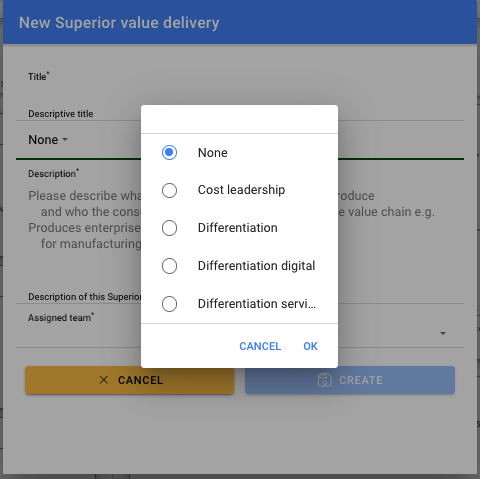
Importantly
You can choose the type of value chain you want and StrategyCAD will generate a template of the purpose, objectives, measures etc for every element of your value chain.
-
Then use the link icon to add that Integrated value chain to your Integrated value chain section of the Strategic choices canvas.

Steps to define and assess your value are provided below
-
Macro view - Define purpose, objectives and other details of the value chain.
-
Detailed view - Define each of the activities in the value chain and their purpose and objectives to contribute to the overall value chain purpose and objectives.
-
Value assessment - Assess how organized your business is to use the resources associated with the value chain to generate and deliver value.
These steps are described in more details below.
Macro view
The macro view can be a good first starting point. In the macro view before launching into defining and assessing each step, you can define and assess (each of the elements)the value chain in its entirety. NOTE: sometimes business leaders resist this kind of work, insisting they do not have time. However, as the leadership team, it is essential to understand, define and communicate the purpose, success criteria, priorities, capabilities and resources to deliver your customer value across your value chain and within each key functional area.
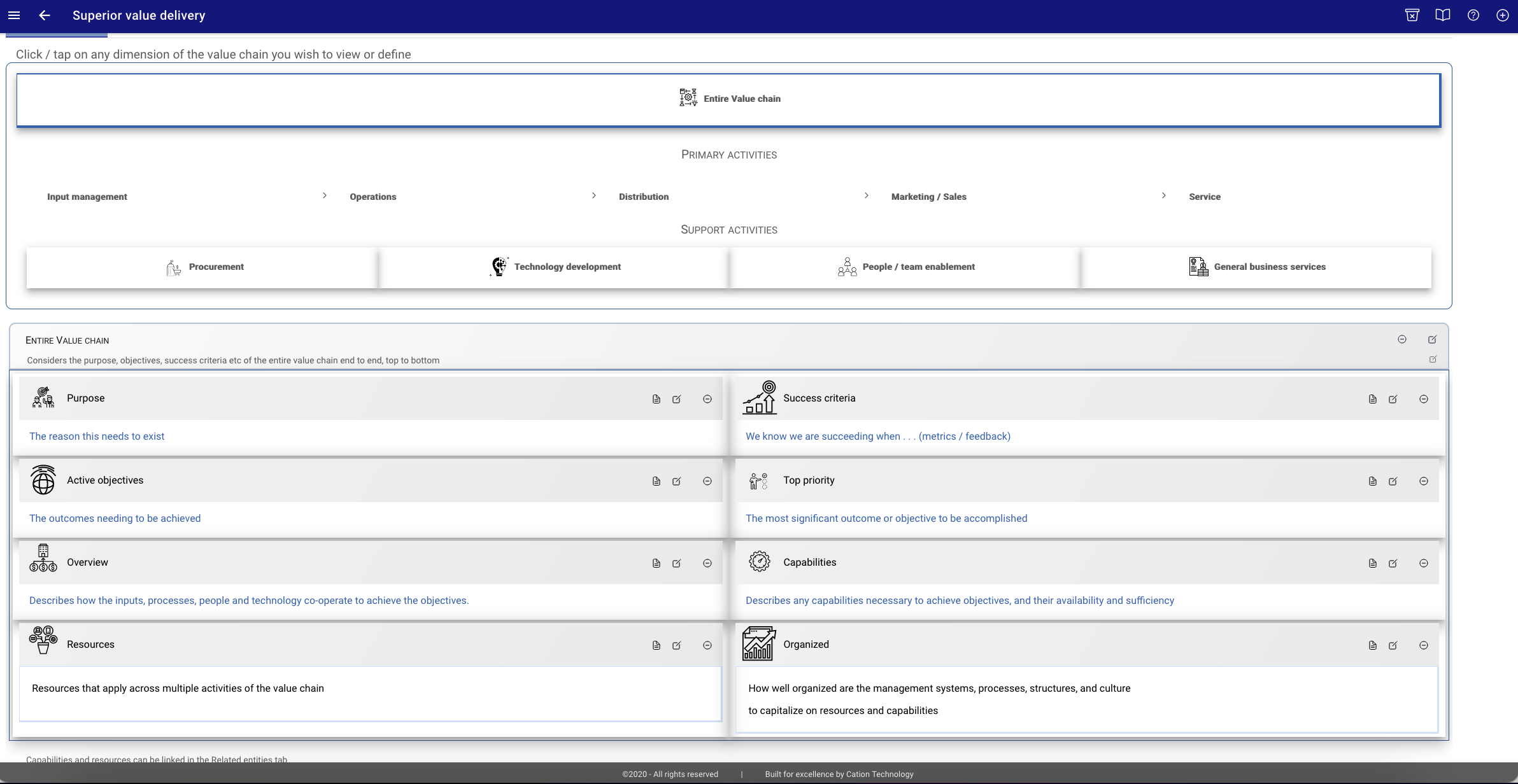
Defining
Depending upon the strategy pattern - the focus of the vision of value chain will be focussed on one of or both of:
Cost efficiency, by making each activity in the value chain more efficient and, therefore, less expensive. Important, also is to reduce both lead time and rework between different activities in the value chain.
Lead time
Lead time is the time between when one activity completes and the next activity begins. For example as inputs are completed, is there acceptable lead time before operations begins, or, is there substantial wait time before the inputs are used? Are outputs from marketing (leads) followed up with sales in a timely manner. Following candidate selection is recruitment and commencement completed with acceptable or unacceptable delays?
Product differentiation, by investing sufficient time and resources into activities that can help your offerings stand out in customers hearts and minds. These activities frequently include customer / industry research, technology experimentation, research & development or marketing.
The defining elements are:
-
Purpose
Whilst the purpose of the value stream, may seem obvious - defining a purpose or a vision for the value stream can create clarity for defining objectives and creating what matters most and what matters less so. It can focus resources and energy away from departmental and team issues to what matters in terms of delivery.
-
Success criteria
Considering the entire value stream. Aim to identify what criteria or outcomes, indicate the value stream is doing an exceptional. job.
The value stream is working brilliantly because . . . . .
We know we are succeeding when . . .
-
Active objectives
Considering the entire value stream. What objectives needs to be accomplished in order to achieve the success criteria in the previous step.
-
Top priority
Top priority is singular, it can be used to create focus. If there is just one thing that the value chain must accomplish, what would that be?
-
Overview
Captures the understanding of how the value chain does or needs to operate in order to fulfill that priority, achieve its objectives success criteria and fulfil its' purpose.
-
Capabilities
Capabilities are the areas of expertise your value chain team have. Capabilities cannot be purchased, they represent, expertise built up over time. Microsoft, for example, has a capability for developing commercially successful software. Additionally, Microsoft has capabilities in software development, technical recruitment, technology marketing, sales and business models.
Use this step to identify the capabilities the value chain requires to fulfil the purpose, success criteria, objectives and priority.
-
Resources
Resources are the consumables or materials used by the capabilities. Resources usually can be purchased for consumption by the capabilities. Resources for Microsoft, will include facilities, office equipment, source code development and management systems.
Use this step to identify the resource the capabilities identified in the value chain require to deliver the capability.
Resources can be intangibles such as skills, knowledge or data, or tangibles such as physical items.
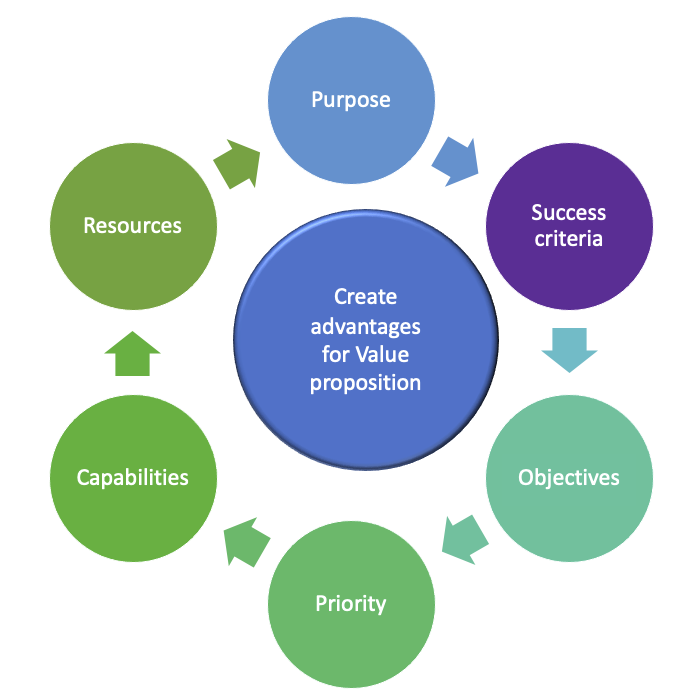
Some of this definition and assessment is difficult. You do not need all the answers immediately, but you will benefit from defining them eventually. If as the leader(s) of a team defining and delivering a value proposition, these answer allude you then who will figure it out?
Assessment
The final section of the StrategyCAD™ value chain canvas is where you can assess how organized your team is to provide access to the resources to the capabilities and to what extent the team has the capabilities to achieve the vision associated with the value chain.
Questions you might consider in this section are:
How organized are we to provide the capabilities necessary?
Do we have the right structures, principles, policies and work practices to ensure the right people and resources are accessible at the right times to deliver those capabilities?
How organized are we to provide the capabilities necessary?
Do we have the resources to enable those capabilities?
Detailed views
The detailed views can be the next activity. In the detailed view you can go through the same defining and assessing activity for each element in the value chain.
For example, for Input management you can identify the purpose, success criteria, objectives, top priority and overview for Input management so that it makes sufficient contribution to the same elements of the value chain.
You can be now more specific, about the capabilities and resource necessary to do the Input management well, so that it enables the purpose, success criteria, objectives and so on of the value chain.
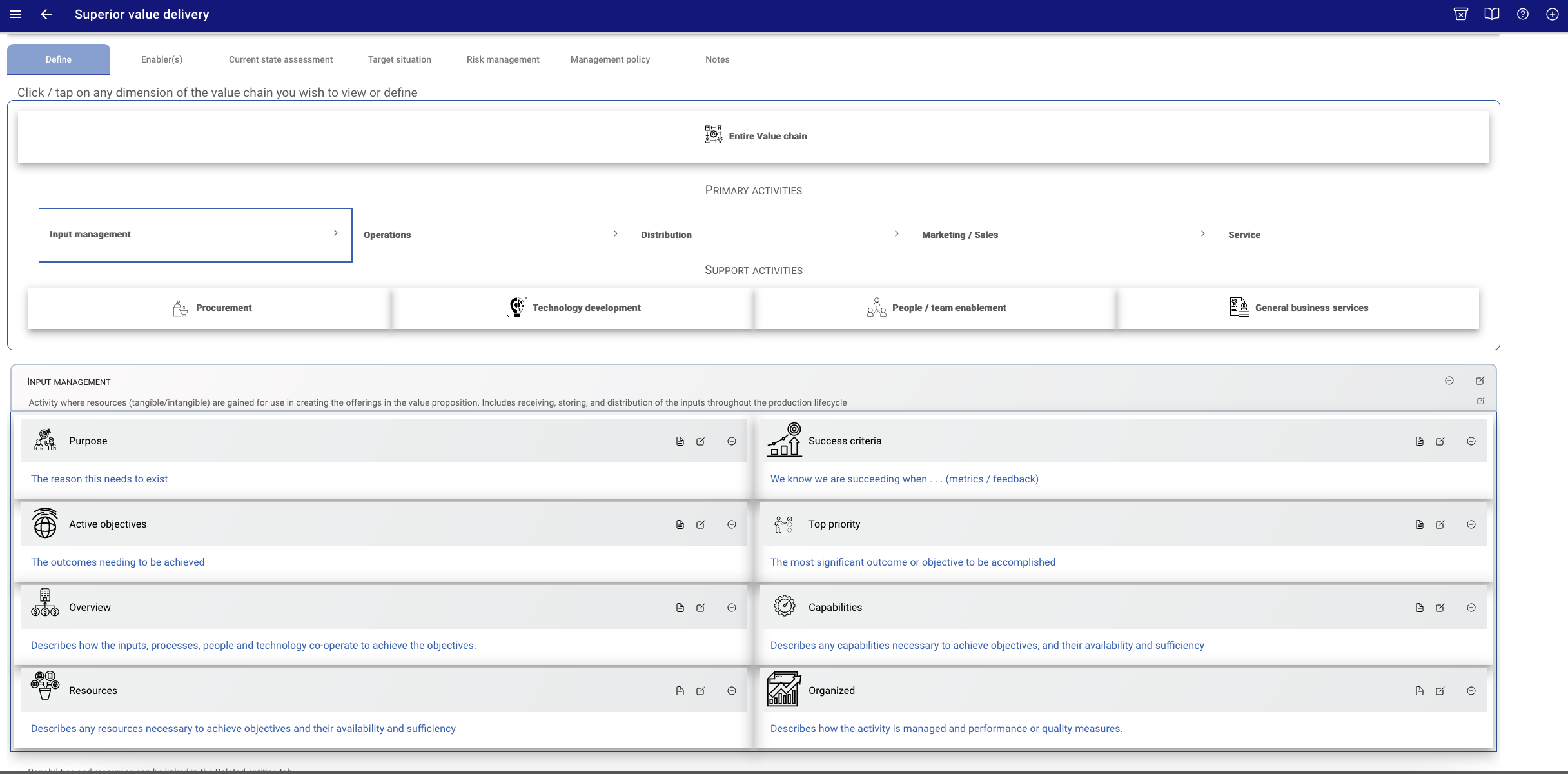
You can rename the Value chain activities by
-
Select the activity in top section of the Value chain canvas.

Select the section of the canvas to be customised -
Then select the edit button to define and assess component in the lower part of the Value chain canvas.
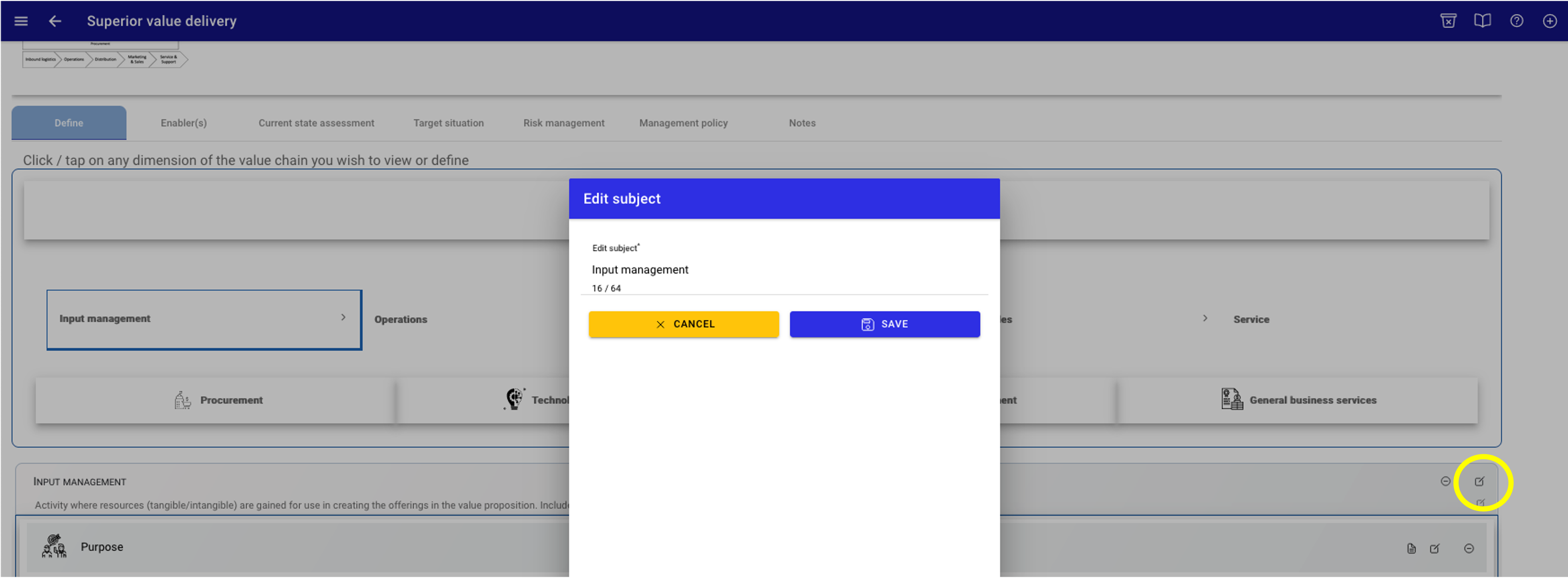
Select the lower section of the canvas to edit the title
Related entities allows you to build relationships between your integrated value chain and any other specific entities e.g. Resources, capabilities, technology, suppliers etc.

References
What is value chain analysis Harvard Business School Online
